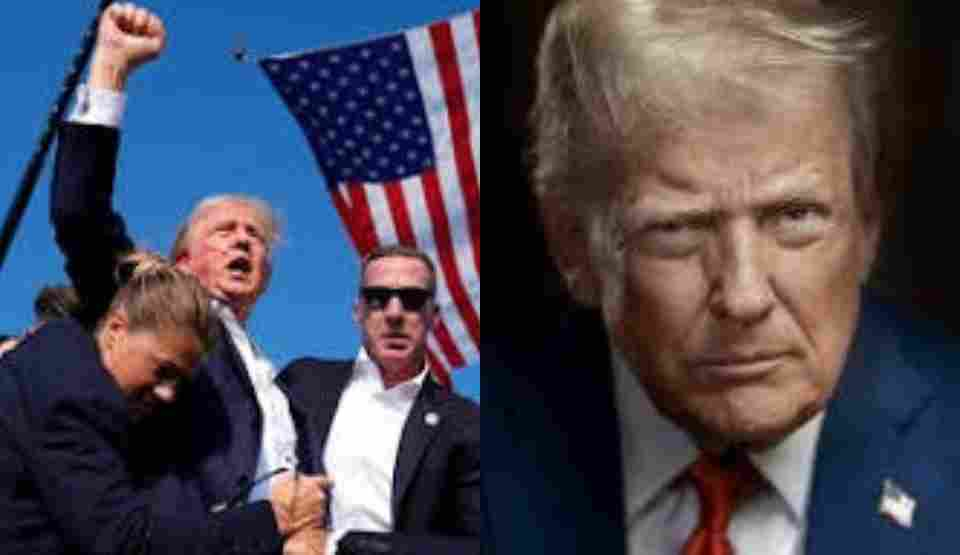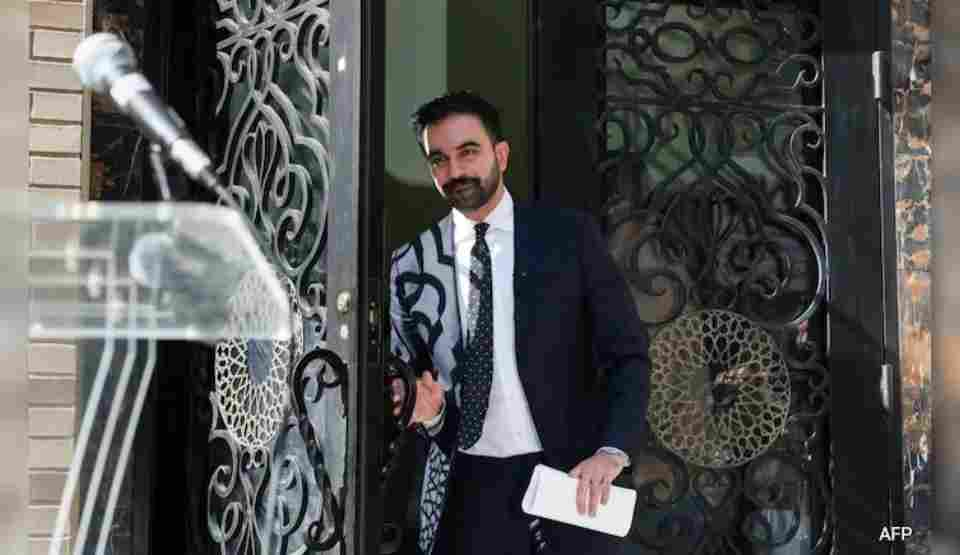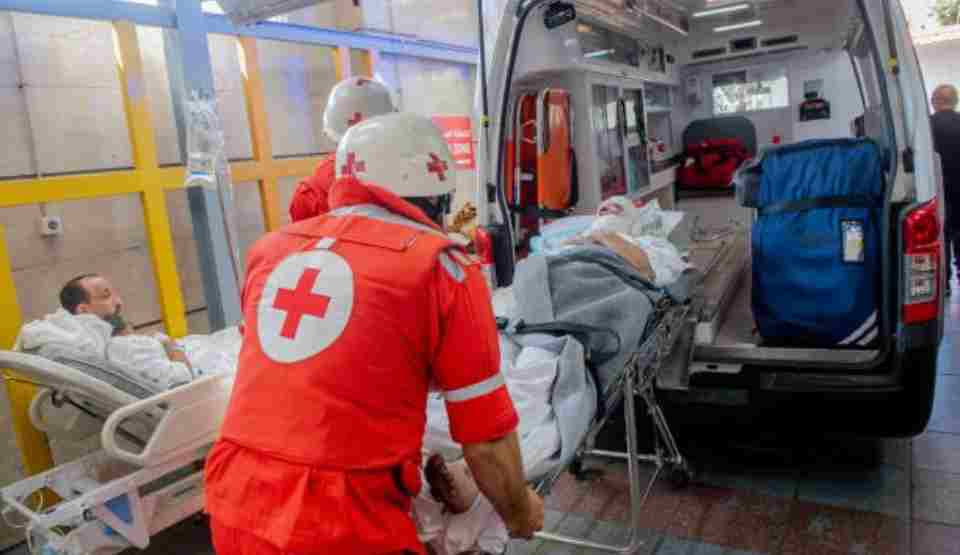It has been one year since Donald Trump reclaimed the presidency, and the story of his tenure tells itself through two starkly different American experiences—one of celebration in Florida’s glittering ballrooms, the other of struggle in Pennsylvania’s fading industrial heartland.
While the administration touts economic triumph, the gap between promise and reality has never been more visible.
The Anniversary Celebration
On the one-year anniversary of his election victory, President Trump chose to mark the occasion in Miami, addressing the America Business Forum. The crowd was exclusive: wealthy entrepreneurs, investors, and business leaders gathered to hear the president declare success.
“One year ago we were a dead country, now we’re considered the hottest country in the world,” Trump proclaimed to enthusiastic applause. “After just one year since that glorious election, I’m thrilled to say that America is back—bigger, better, stronger than ever.”
The atmosphere was celebratory, almost euphoric. Attendees like Liz Ciborowski praised Trump’s economic policies, while investor Andrea laughed as she declared herself “a happy girl” doing well financially.
Yet even in this moment of self-congratulation, the president let slip an acknowledgment of a troubling reality: “We have the greatest economy right now,” he said, before adding, “A lot of people don’t see that.”
That single sentence captures the central tension of Trump’s first year back in office.
The Forgotten Heartland
One thousand miles north of Miami’s glitz lies Steelton, Pennsylvania—a community that helped deliver Trump his victory, now grappling with an economic crisis the president’s speeches don’t mention.
Inside the local steel union hall, workers gathered for a meeting no one wanted to attend. Their union representative walked them through the devastating details: the Cleveland Cliffs Steelton plant, which has supplied America with railroad tracks for over 150 years, is closing.
David Myers, whose family has worked at the plant for more than a century, struggled to contain his emotions. “I was planning on possibly one day having my son join me, but I don’t know if that’s a possibility now,” he said, pausing to compose himself.
The plant’s closure, attributed to weakening demand, sent the company’s stock price soaring—good news for investors, perhaps, but cold comfort to the workers left behind. It’s a cruel irony: what benefits one America devastates another.
Living on the Edge
In Steelton’s government-subsidized housing, the cost-of-living crisis Trump promised to solve remains painfully real.
Elder Melvin Watts, who runs a local food bank, described the mounting need in his community. “I believe they needed it then and they need it that much more now,” he said. “The cost of living is high.”
Sandra, a local resident, put it simply: “It’s been harder, and I’m a hard-working woman. You’ve got to take care of them bills, eat a little bit or don’t have the lights on.”
Inside the food bank, a woman named Geraldine Santiago arrived in visible distress. She is among 40 million Americans who have lost access to SNAP—the federal nutritional assistance program—due to the ongoing government shutdown caused by political gridlock in Washington.
As volunteers loaded her car with boxes of food, Geraldine’s emotions poured out—desperation giving way to tearful gratitude for this temporary relief.
The Disconnect
The contrast could hardly be sharper. While Trump celebrated with Miami’s wealthy elite in a “safe crowd, safe state, safe space,” the communities that propelled him to victory face plant closures, food insecurity, and unfulfilled promises of renewed prosperity.
Cost of living was central to Trump’s 2024 campaign. He vowed to make America affordable again, to reopen factories, to put workers first. Pennsylvania—a crucial swing state—swung toward him on the strength of those promises.
One year later, the “America First” president speaks of an economy transformed, of records broken, of unprecedented success. But the shuttered steel plant in Steelton tells a different story. So do the faces in the food bank line.
These two Americas exist simultaneously, separated not just by geography but by vastly different economic realities. One celebrates stock market gains and investor confidence. The other struggles to keep the lights on and food on the table.
The question Trump’s second year will have to answer is whether the gap between these two worlds will narrow—or continue to widen.






